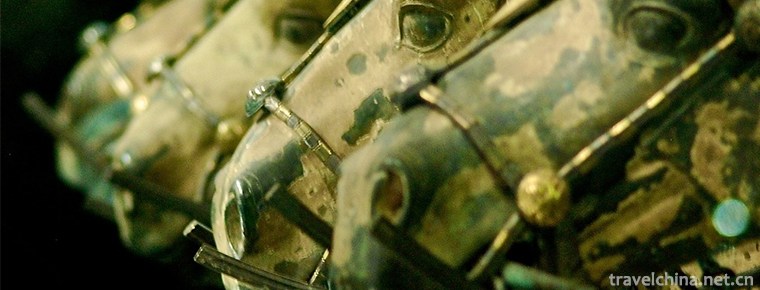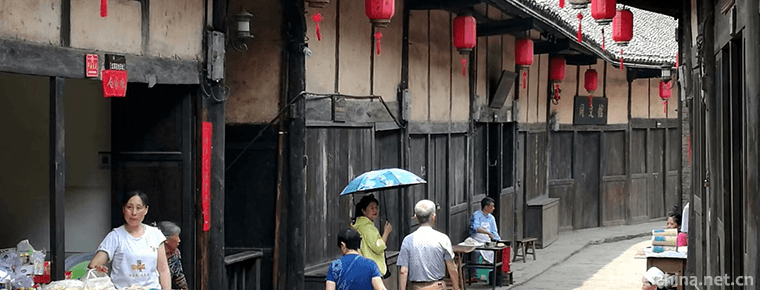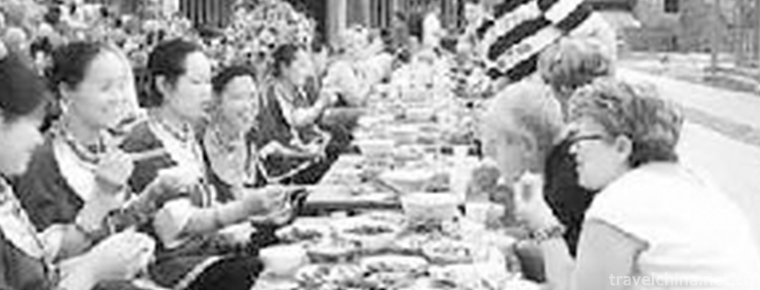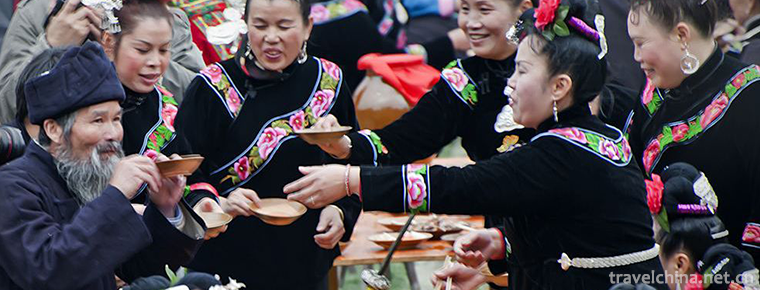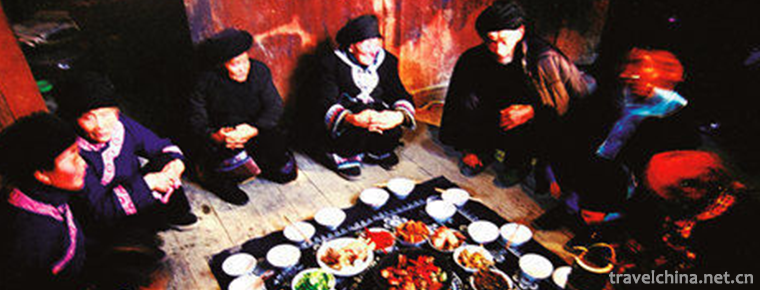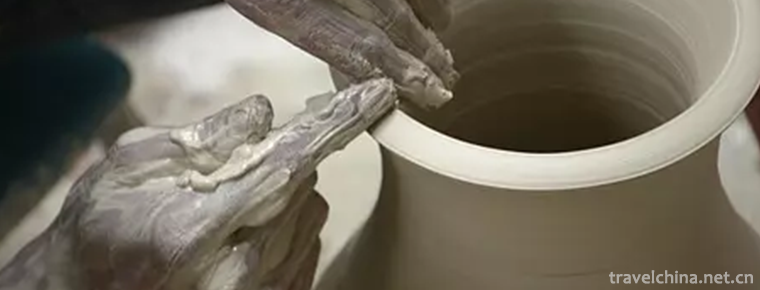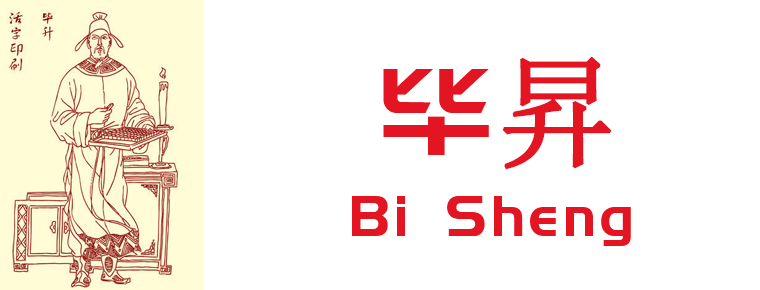Wharf song
Wharf song
The dock number is a traditional folk song in Shanghai. Singing in docks, cargo yards, loading and unloading, lifting, push and pull and other labor occasions. The main singing methods of wharf number are "collar and closure", that is, one person leads, all people gather, or all people lead and all people gather. In the slower pace of labor, the "collar" sentence is longer and the "combination" sentence is shorter. In the tense labor, the "collar" and "he" sentences are very short.
In June 2008, the dock numbers declared by Shanghai Pudong New Area and Yangpu District were listed in the second batch of national intangible cultural heritage lists with the approval of the State Council.
historical origin
In history, "wharf number" has been repeatedly shown publicly. In 1934, Nie Er went to the wharf to experience life, and created the stage play "Yangtze River Storm", in which he composed "The Workman's Song of the Wharf" with "Wharf Number". In 1961, a "Wharf Number" performance was held in the whole port area of Shanghai. According to the newspaper records at that time, the performance presented 19 schools, 108 numbers, and the scene was warm. Later, the Shanghai Port Art and Works Troupe held a nationwide tour and participated in it. In 1986, the British Panshi Film Company sent a special production team to Shanghai to shoot special films with the content of "wharf number" in various ports.
artistic characteristics
It is an artistic labor command order to command people's unified steps and coordinate their actions. Its rhythm and labor rhythm are fully in line, and it is the closest relationship among all folk songs and productive labor practice. The singers are all male, combining "collar" with "harmony", with a wide, loud and multi-treble voice area, which shows the beauty of masculinity.
"41 kilometers long along the Huangpu River, docks stand. Before liberation, people from all over the country came to work here. After liberation, countless wharf workers across the Straits worked here from the first district of Shanggang to the seventh district of Shanggang. Although most of the "wharf number" born in labor are function words such as "say hello" and "hey hello", the music style is distinct and the types are very rich. Reporters learned from the second batch of national intangible cultural heritage recommendation lists that labor codes are divided into dock codes, ocean codes, River codes, forest codes, transport codes and so on. The wharf workers in Shanghai come from all directions. Their demographic structure can be described as "Five Places, Hainabaichuan". Among them are Bengang, Northern Jiangsu Band, Hubei Band and Ningbo Band. At that time, there was a saying that "if you want to enter the wharf, you must know the number first". Therefore, the number of Shanghai Port Wharf not only contains the intonation and rhythm of dialects, but also has the traditional folk singing tune of different places. It is distinct from other chants and has the typical characteristics of Shanghai style. According to the different ways of labor, "Shanghai Port Wharf Number" has also been subdivided into "shoulder-mounted Number", "Bar Number" and "stacking Number", which are quite rich in style.
With the improvement of mechanization and working environment, great changes have taken place in the way of labor carried by hand in the past, and the "wharf number" has gradually lost its existing soil. Today's young people, perhaps only from the old movies in their early years to hear the more exciting "wharf number". Nevertheless, there are still a group of surviving retired dockers who often hum. Tangqiao community has a 60-year-old Mr. Han, who was a trade union cadre in the harbour area. He has recorded and adapted many "wharf numbers". After retirement, he often sings in the old wharf workers organized by the community. They won the prize in the "Chinese Native Folk Song Contest". Relevant organizations also invited 80-year-old retired worker Mr. Cheng from northern Jiangsu to record and collect. Nevertheless, "wharf number" now belongs to the category of "preservation". Hou Xiaosheng believes that "wharf number" is a characteristic element of Shanghai music, but it is very difficult for us to hear this kind of music in film, television, songs and stage works reflecting Shanghai culture. If the dock number is often used in various literary and artistic works, the chances of being known and understood will certainly be much more than being preserved.
Inheritance status
There are many types of wharf number because of different handling objects and environment. The singing of wharf number also forms a unique wharf number with local characteristics and styles due to the different pronunciation of local dialects. Among them, "North Jiangsu Number" and "Hubei Number" are the most representative and popular. The way of inheritance is a kind of "labor inheritance" of natural inheritance.
Nowadays, "wharf number" does not seem to be taken seriously. Hou Xiaosheng has participated in the excavation and collation of "wharf number" for many years. Although nearly 100 "wharf number of Shanghai Port" have been included in "Shanghai Folk Song Integration" by him and his colleagues, he believes: "If all sectors of society can realize the importance of protecting intangible cultural heritage, more tracks should be found." Through his introduction, the reporter learned that some enterprises did not realize the importance of protecting and preserving intangible cultural heritage and were unwilling to provide the archives retained by their predecessors; some departments along the Yangtze River did not support the research of experts and relevant institutions, which made it difficult to find many information and characters about "wharf number". For this reason, some experts pointed out that intangible cultural heritage is a valuable treasure. We should recognize its importance and actively cooperate with the work of excavation, collation and protection so that it will not be obliterated by the changes of the times.
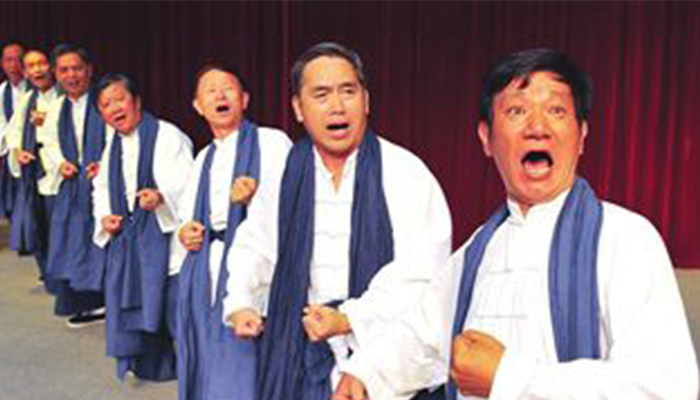
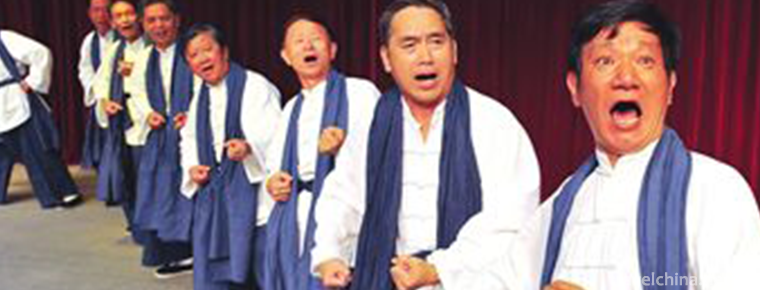
Wharf song
-
Wenchang chicken
Hainan Wenchang chicken, special product of Wenchang City, Hainan, China national geographical indication product.
Views: 243 Time 2018-11-05 -
Terracotta Army
Terracotta Warriors and Horses, terracotta warriors and horses of Qin Shihuang, also referred to as terracotta warriors and horses or terracotta warriors and horses of Qin Dynasty
Views: 206 Time 2018-11-11 -
Yeliguan Scenic Area
Yeliguan Scenic Area is located in Lintan County, with Yeliguan of Lintan County as the center. It is divided into four scenic areas: Lianhuashan, Xixia, Dongxia and Yehai Lake.
Views: 177 Time 2018-12-26 -
angye Temple
Sangye Temple, also known as Cunxiang Temple and Wubian Temple, is located in Sangye Town, Zaburg County, Shannan District, Tibet Autonomous Region, under the Habu Mountains on the North Bank of the Y
Views: 194 Time 2019-02-07 -
Taiping Ancient Town Scenic Area
Taiping Ancient Town is located at the junction of Gulin River and Chishui River, 35 kilometers away from Gulin County. Across the river from Xingmin Township in Xishui County, Guizhou Province
Views: 120 Time 2019-02-13 -
Dong medicine
Dong medicine is a bright pearl in the treasure house of Chinese medicine. The Dong people living in mountainous areas for generations have accumulated experience in treating various diseases and form
Views: 105 Time 2019-04-27 -
Miao New Year
Miao year, the first year of the Miao calendar, is the most solemn traditional festival of the Miao people. The time spent in different areas varies from September to the first month of the lunar cale
Views: 102 Time 2019-06-05 -
Tujia Year
Tujia Year is an important and ancient festival of Tujia people in Xiangxi Tujia and Miao Autonomous Prefecture of Hunan Province. During the thousands of years of historical development, some relativ
Views: 205 Time 2019-06-23 -
Celadon Firing Techniques of Yue Kiln
The firing history of celadon in Yue kiln has gone through the firing process of primitive, primitive and mature ceramics kilns and mature ceramics kilns (i.e. ceramics kilns). In the firing process,
Views: 155 Time 2019-07-16 -
Bi Sheng
Bi Sheng (about 971 years to 1051) was promoted to Hubei, Huanggang, Hubei. Yingshan County One of the great inventors of ancient China, the inventor of the five great ancient inventions of ancient Ch
Views: 238 Time 2019-09-06 -
Tongling University
Tongling University is a multi-disciplinary province. Undergraduate Regular institutions of higher learning It is the base for training and training talents of Finance and economics in Anhui province.
Views: 184 Time 2019-11-18 -
Guangan Airlines
There is no airport in Guang'an, but there are many airports around it. At the same time, Guang'an terminal building of Chongqing Jiangbei International Airport has been built in the urban area. Guang'an is 110 kilometers away from Chongqing Jian
Views: 183 Time 2020-12-19

